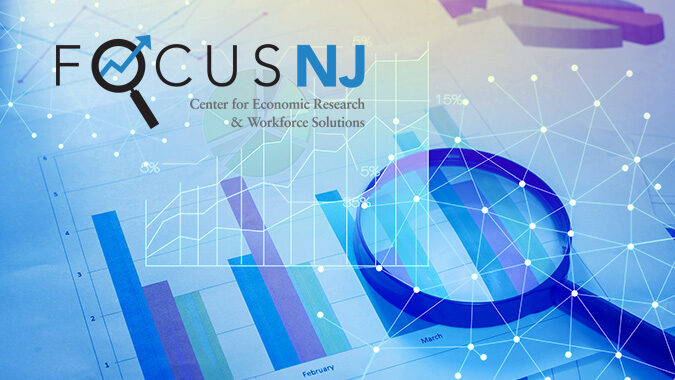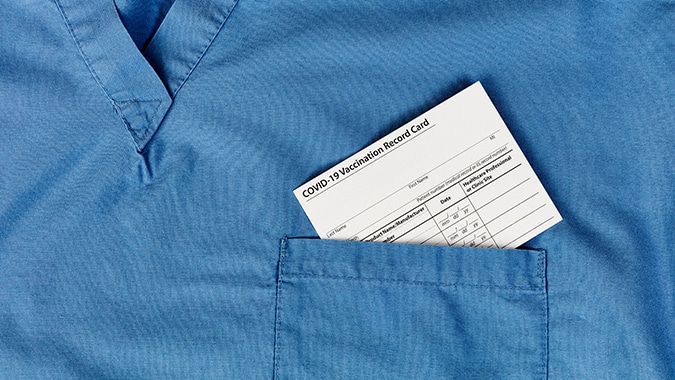Focus NJ this week updated its April 2021 report on how New Jersey’s economy performed during the first year of the pandemic, adding final data, interactive charts, and new information breaking down unemployment by race and gender.
Issue 2 of Focus NJ’s 2020 Economic Review Statistical Update released on Friday also contains new data on unemployment rates by level of education, median household income as well as poverty status broken down by age. This data was not available in Issue 1 of Focus NJ’s 2020 Economic Review published 11 months ago.
“This update provides the most recent data available on the record high unemployment and historic contraction in the state’ Gross Domestic Product that occurred during the first year of the COVID-19 pandemic,” said Kyle Sullender, executive director of Focus NJ, said.
“By converting previously static images into interactive visualizations in this update, readers and reporters can now identify specific data points in our analysis and create their own comparisons of how different populations and industries fared,” Sullender said.
For example, the interactive online charts show Black women were most disproportionately affected by unemployment in 2020. The jobless rate for Black women jumped from 4.5% at the end of 2019 to 14.6% at the end of 2020 – nearly twice the total unemployment rate in December for all New Jersey demographic groups (7.7%).
Black men also had higher unemployment rates than Asian, White and Hispanic men. The jobless rate for Black men in New Jersey rose from 5.5% at the end of 2019 to 12.2% in December 2020.
New Jersey workers with lower educational achievement were also disproportionately impacted by job losses. From 2019 to 2020, the unemployment rate among workers with a high school degree and no college increased from 3.5% to 11.6%. Conversely, unemployment among New Jersey residents with a bachelor’s degree or higher increased from 2.4% to just 5.2%.
Despite record high unemployment, per capita personal income and per capita disposable income both increased in New Jersey by nearly $4,000 in 2020. Personal income, fueled by state and federal stimulus dollars to individuals, rose 22.5% in New Jersey in Q2 2020, compared to Q1 2020. However, that was followed by two quarters of declines.
Median household income, a measure of all income derived by members of a household, also increased in 2020, jumping from $85,751 to $105,788. Even though median household income increased in 2020, the number of New Jersey residents under age 64 living below the poverty line also increased by 33,521. More than half (18,122) of that number were children under 18.
New Jersey’s GDP experienced record contraction (-38.9%) in Q2 2020 followed by a quick rebound (+39.5%) in Q3. The Q2 decline resulted in New Jersey’s percent of U.S. GDP dropping to 2.9%. This percentage rebounded briefly in Q3 before dropping again to 2.9% in Q4.
In 2020, New Jersey’s largest industry as a percent of total GDP, was Finance, Insurance, Real Estate, and Leasing. This industry accounted for 22% of New Jersey’s total GDP and the sector experienced a 1.6% real decline overall in 2020 compared to 2019. New Jersey’s total GDP stood at $632 billion at the end of December 2020.
To read the entire update, go here.
Focus NJ – the Center for Economic Research and Workforce Solutions – is a nonpartisan, nonprofit research foundation launched by the New Jersey Business & Industry Association in February 2020. It provides deep analysis of public policies, industry trends and economic indicators that impact New Jersey’s overall affordability, workforce and competitiveness.

